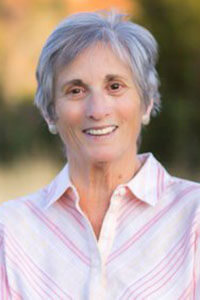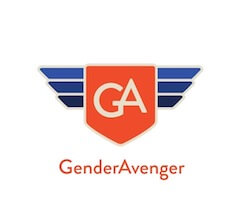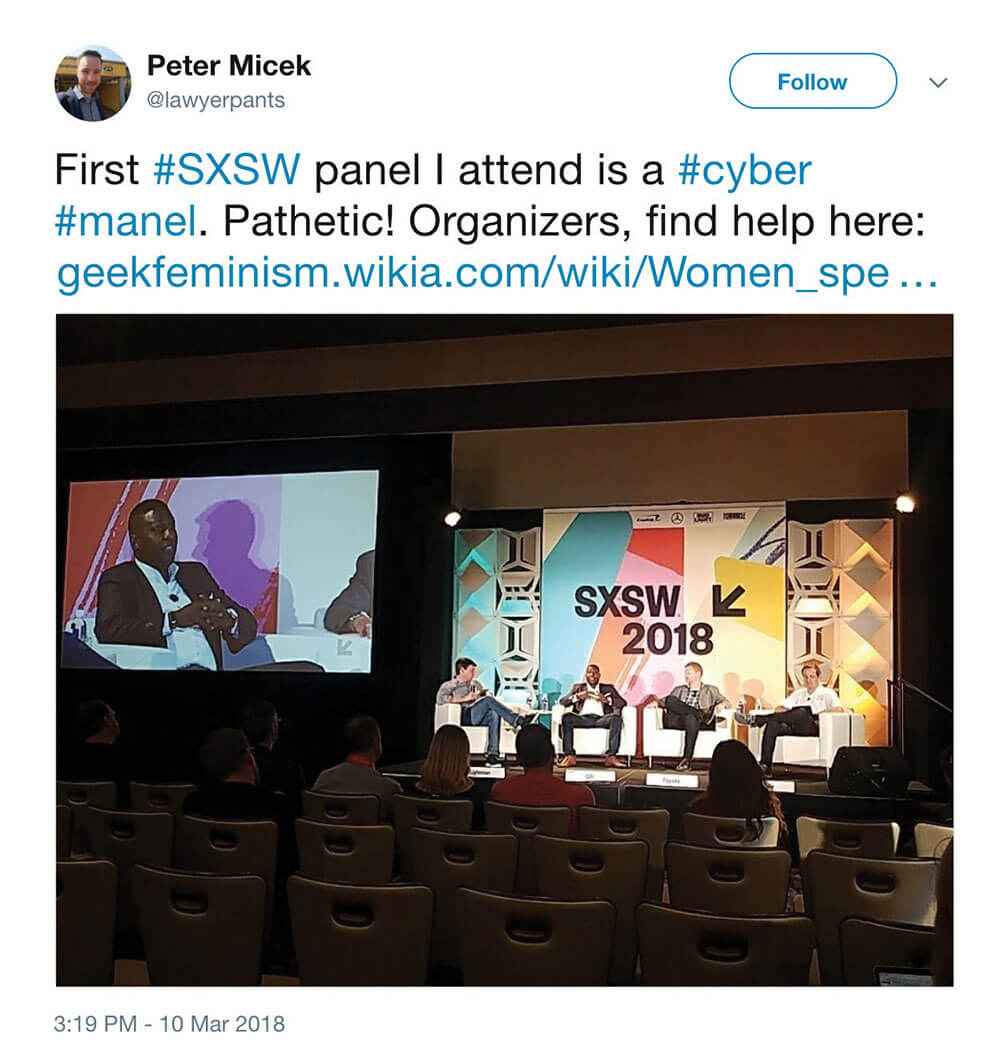
Gina Glantz
Conveners of all-male panels, the Gender Avenger is coming after you.
A three-year-old initiative dedicated to making sure that women are part of the public dialogue, Gender Avenger is training its sights on the conference industry because of its size and influence, according to founder Gina Glantz.
“If conferences were a country,” Glantz has written, “they’d be larger than many world economies.” Glantz, a former Democratic campaign strategist and lecturer at the Shorenstein Center on Media, Politics and Public Policy at Harvard’s Kennedy School, teamed up with Susan Askew, a former staffer to a Republican governor turned media entrepreneur, to found Gender Avenger three years ago, both as volunteers. Working with a small band of web and app developers, they’ve created an online community and digital tools that allow users to collect, report, and broadcast information via social media about gender balance at conferences and in the media.
One such tool is the Gender Avenger’s GA Tally, which creates crowdsourced charts: Users input data about the male-to-female ratios they encounter, with options to include photographs and hashtags, and to create graphics that can be shared on social-media platforms. Some of them show up as “Actions of the Week” on Gender Avenger’s website.
Last December, after the Consumer Electronics Show (CES) announced that the six-person keynote lineup for its January 2018 show consisted of six men, all of them white, social-media networks swung into action, generating a barrage of critiques. It was for just that sort of moment that Gender Avenger was created, Glantz said at the time.
“Here’s the thing: It really matters who is on stage at CES, the largest consumer technology show in the world, representing an industry worth 5.2 percent of U.S. gross domestic product,” she wrote in an op-ed published in USA Today. “Conferences like CES are part of a giant industry worth about $30 billion.”
 In the three years since the initiative was launched, Glantz has seen an increase in response to Gender Avenger’s activism, she said, both from those cited for strong gender balance and by those criticized for the absence of women’s voices, she said. She’s also seen an increase in the number of men engaged in the effort and “a pretty dramatic lowering the of the age of our activists.” (The age of the core GA team ranges from 26 to 73.)
In the three years since the initiative was launched, Glantz has seen an increase in response to Gender Avenger’s activism, she said, both from those cited for strong gender balance and by those criticized for the absence of women’s voices, she said. She’s also seen an increase in the number of men engaged in the effort and “a pretty dramatic lowering the of the age of our activists.” (The age of the core GA team ranges from 26 to 73.)
GA also has created a pledge: “I will not serve as a panelist at a public conference when there are no women on the panel,” with the definition of a panel as three or more speakers. At press time, more than 350 men and women had signed the pledge.
What hasn’t changed very much in the last three years are the excuses that conference organizers give for presenting unbalanced ratios of men and women in the speaker lineup in their conference agendas, Glantz said. “With few exceptions, sadly, the excuses [for gender imbalance] remain the same.”
Gender Avenger has created a top 10 list of the most commonly used excuses, which is posted on their site along with rebuttals. For example, Excuse #2 is: “I tried, but a lot of women were just too busy/unavailable.” GA responds: “Try harder. And next time figure out how to make your event more welcoming. Do you have a sexual harassment policy? Did you offer child care on site or list child care options?”
To the question of how to respond to conference organizers who say they are blind to gender and simply are finding the best speakers and subject-matter experts, Glantz has a passionate reply: “Who can be blind to gender? Unless it means putting on blinders. Blinders that deny that multiple perspectives and experience enhance every conversation. Blinders that don’t recognize the value of women’s voices. Blinders that prevent knowing and/or finding extraordinary women who bring talent and intelligence to the stages of conferences on virtually every topic.”
In 2017, Gender Avenger began organizing face-to-face meetings on Meetup, and plans to expand the scope of the GA Tally. It’s clear, from the official GA mantra, that they are just getting started. It reads: “Women as equals will become the norm when it is the norm. Everywhere.”

